Tag: monitoring

Cardiopulmonary Monitoring of Shock
Shock has potentially reversible causes of morbidity and mortality if appropriately diagnosed and managed. Older methods of invasive monitoring have significant limitations but are still critical for managing shock in certain... read more
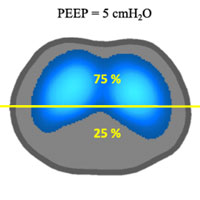
Electrical Impedance Tomography in ARDS
Acute respiratory distress syndrome (ARDS) is a clinical entity that acutely affects the lung parenchyma, and is characterized by diffuse alveolar damage and increased pulmonary vascular permeability. Currently, computed... read more
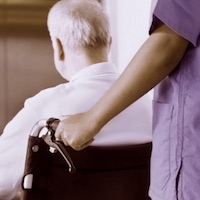
Should ICU clinicians follow patients after ICU discharge? No
Post-intensive care syndrome (PICS) describes new or worsening impairments of physical, cognitive or mental health resulting from an episode of critical illness and its treatment and lasting after discharge... read more

Should ICU clinicians follow patients after ICU discharge? Yes
The trajectory of recovery from critical illness is often portrayed as a continuum. At one extremity lies an unstable patient dependent on life-sustaining treatments in the intensive care unit. At the... read more

Dutch Ambitions on eHealth
Dutch government is encouraging the healthcare sector to expand telehealth (eHealth) services. Dutch government wants eHealth to become more widely available and is encouraging the healthcare sector to develop it further.... read more
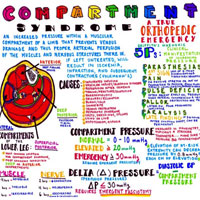
The Dreaded Acute Compartment Syndrome
When obtaining intracompartmental pressures, place the catheter within 5cm of the fracture level, with the transducer secured at the level of the measured compartment. Make sure to keep the catheter tip outside of the actual... read more
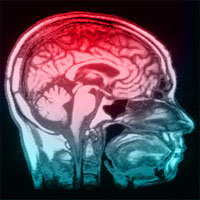
Ultrasound Non-invasive Measurement of Intracranial Pressure in Neurointensive Care
Of the studied ultrasound nICP methods, ONSD is the best estimator of Intracranial Pressure (ICP). The novel combination of ONSD ultrasonography and vTCD of the straight sinus is a promising and easily available technique... read more

Intracranial Pressure Thresholds in Severe Traumatic Brain Injury: Pro
Teleologically, the mammalian brain has evolved to be the central component of life. It coordinates afferent and efferent neural pathways, integrates neurohormonal responses and, in humans, produces higher cortical effects... read more

Handbook of ICU EEG Monitoring
Continuous EEG monitoring is an important tool for assessing brain function and allows clinicians to identify malignant EEG patterns quickly and provide more effective care. The revised and updated second edition of Handbook... read more

Sevoflurane for the treatment of refractory status epilepticus in the critical care unit
A 50-year-old woman with liver failure was admitted to critical care for refractory status epilepticus (RSE). Following tracheal intubation, sevoflurane was administered via the MIRUS system (Pall Medical, Dreieich, Germany).... read more
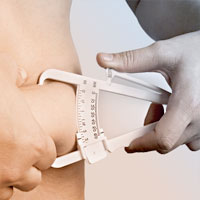
Measuring and Monitoring Lean Body Mass in Critical Illness
Methods to monitor lean body mass in the ICU are under constant development, improving upon bedside usability and offering new modalities to measure. This provides clinicians with valuable markers with which to identify patients... read more
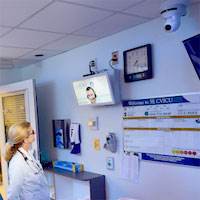
Emory Cares for ICU Patients Remotely, Turning “Night into Day” from Australia
A partnership involving Emory Healthcare, Royal Perth Hospital in Australia, along with health technology company, Philips, will move night intensive care work in the Emory eICU Center into daylight hours, focusing on the... read more
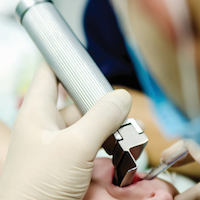
The A1 Sedation Package: Better Care for Intubated Patients
You are called to the scene of a 56-year-old male found unresponsive in his garage workshop. Upon examining him you find him minimally responsive to painful stimulus, moaning and groaning. His family tells you he has high... read more

Creating a “Manageable Cockpit” for Clinicians
For many clinicians, the work of health care has become undoable. The "cockpit" where physicians and other health professionals work now consists of a cacophony of warning alerts, pop-up messages, mandatory tick boxes, a... read more




